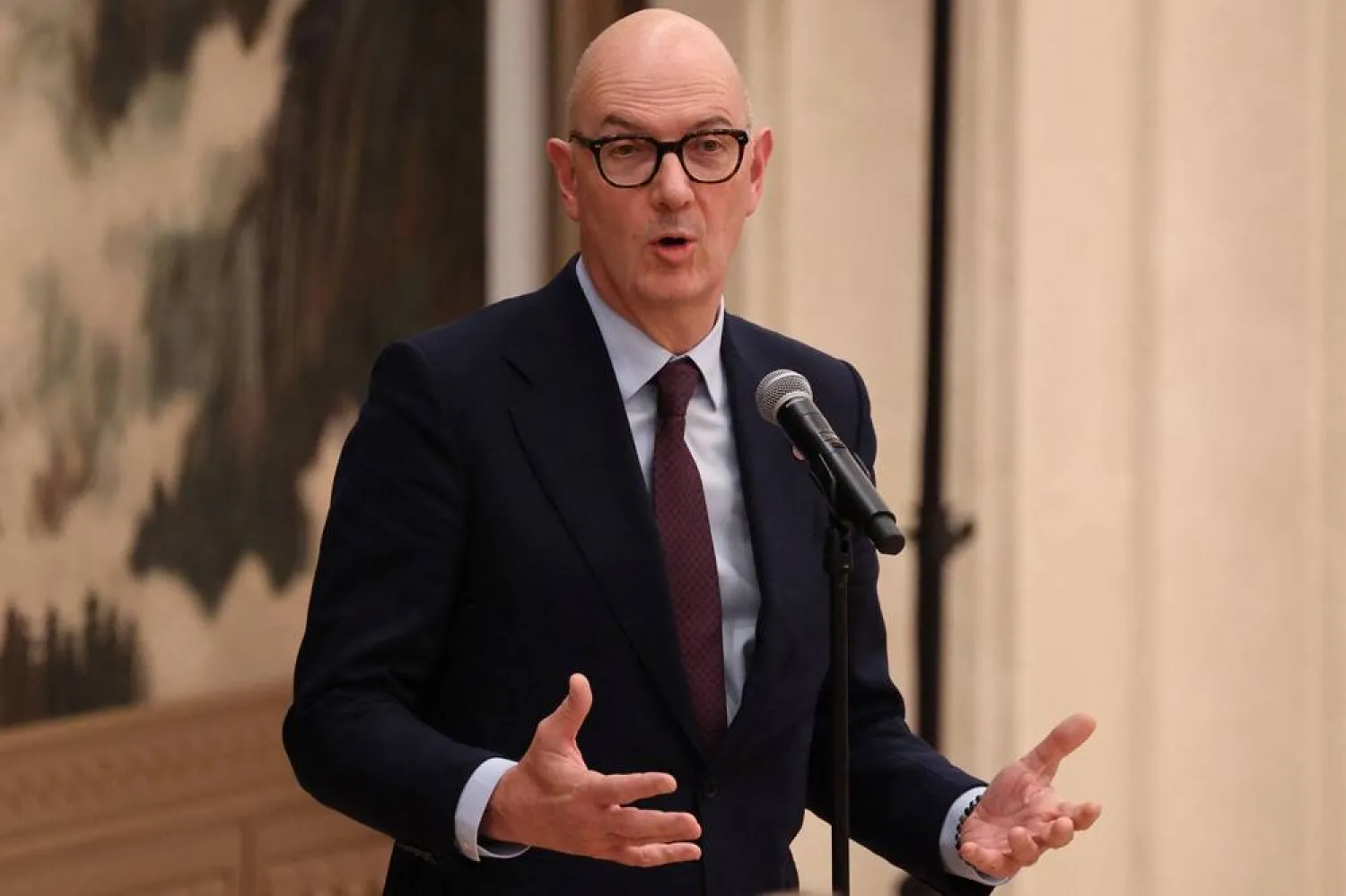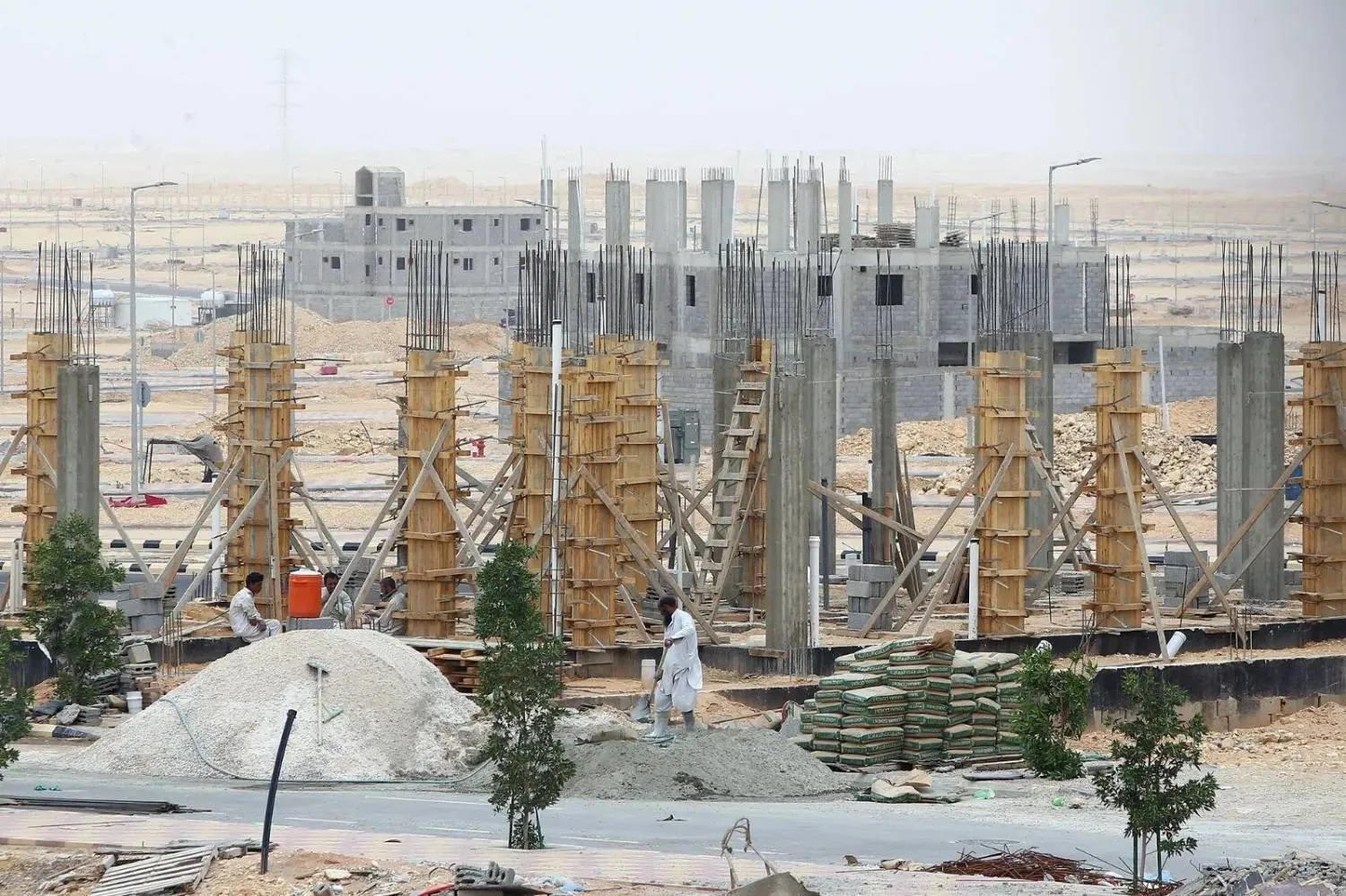The Saudi financial market has undergone a significant transformation since the launch of Saudi Vision 2030.
The initiatives, programs, and regulatory reforms associated with Vision 2030 have encouraged international investors, index providers, and financial institutions to join the Saudi market.
The Public Investment Fund (PIF) has worked to achieve the objectives of Saudi Vision 2030 by implementing mechanisms that enhance the pace of attracting foreign investments to the Kingdom.
This includes stimulating international investors, particularly Asian investors, to invest in the Saudi financial market. One notable development is the listing of the first batch of exchange-traded funds (ETFs) in the Saudi market, such as the Saudi China Southern CSOP Fund and the Saudi Huatai-PineBridge CSOP Fund on the Shenzhen and Shanghai stock exchanges in China.
During the announcement of the listing on the Shenzhen Stock Exchange, PIF Governor Al-Rumayyan Yasir stressed that these listings are an important step toward enhancing communication among the financial markets of Saudi Arabia and China.
They will provide Asian investors with the opportunity to access the Saudi financial market and observe its sustainable growth driven by the Kingdom's economic transformation.
These two new funds are part of the first batch of ETFs in China capable of investing in the Saudi financial market.
They rely on the model known as listed ETFs, which allow investors to track the FTSE Saudi Arabia Index and invest in the largest market in the Middle East.
This enables investors to gain greater access to one of the fastest-growing and most strategic markets in the world and observe the performance of 56 leading large and medium-cap companies listed on the Saudi stock exchange (Tadawul).
The new listing comes as part of the efforts initiated by the PIF to enhance investment flows into the Saudi Arabian capital market.
During the announcement of the listing process on the Shenzhen Stock Exchange, Al-Rumayyan emphasized that the listing operations are an important step toward enhancing communication between the financial markets in Saudi Arabia and China.
He added that these operations will provide Asian investors with the opportunity to access the Saudi Arabian capital market and observe its sustainable growth driven by the economic transformation in the Kingdom.
Saudi Arabia Eyes Asian Investments via Shenzhen, Shanghai

Group photo of the listing (Asharq Al-Awsat)

Saudi Arabia Eyes Asian Investments via Shenzhen, Shanghai

Group photo of the listing (Asharq Al-Awsat)
لم تشترك بعد
انشئ حساباً خاصاً بك لتحصل على أخبار مخصصة لك ولتتمتع بخاصية حفظ المقالات وتتلقى نشراتنا البريدية المتنوعة







